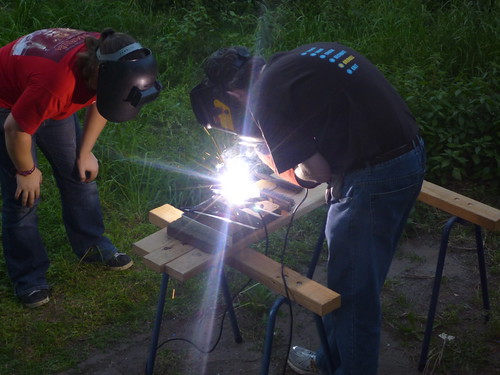Welding is the process used for sealing joints in anything that is made of steel. Specialist welding equipment is used, largely because it is the quickest way of getting the job done and because the join tends to be more reliable. Sometimes welding goes wrong and there are a number of reasons for this.

There is sometimes a misunderstanding of how complex the reactions of the chemical and metallurgical processes can be during welding. When the fabricator and the welder have a clear understanding of the processes that take place during welding and the part that heat transfer plays in this, it is more likely that a successful weld will be achieved.
In a successful weld, the weld size has to be large enough to fill the joint. In cases where the weld profile is too small, the joint won’t be properly filled and the joint’s capacity to support the load will be undermined; this constitutes a bad weld. Too much root penetration on one sided welds results in defects in the root such as buckling or cracking and this causes the weld to fail.
Practice makes perfect
One way of avoiding the consequences of a weld gone wrong is to mock up the joint’s essential features and then weld it as it would be done under normal conditions. When this kind of practice weld is undertaken it makes it a lot easier to subject the joint to certain tests and examinations that will show the welder whether or not the joint is appropriate for its intended purposes.
Testing enables welders, using the appropriate welding equipment, to see whether or not a particular joint will fail. Once a particular welding method is seen as satisfactory a suitably qualified welder has to be found before the weld can be used in production – this means undertaking a welder approval test, demonstrating that the welder will be able to successfully carry out the weld in the appropriate manner.

The Welding Positioner
According to experts, the main cause of a bad weld is the failure to ensure that the distance between the two items to be welded is correct. If the distance between the two items is off, this will result in a bad weld.
With certain steel fabrications the distance between the two items to be welded is built into the fabrication itself. The fabricator is responsible for a bad weld if they have not ensured that the distance between the two items that are to be welded is correct. A welding positioner can help to guarantee accuracy of the weld.


No comments:
Post a Comment